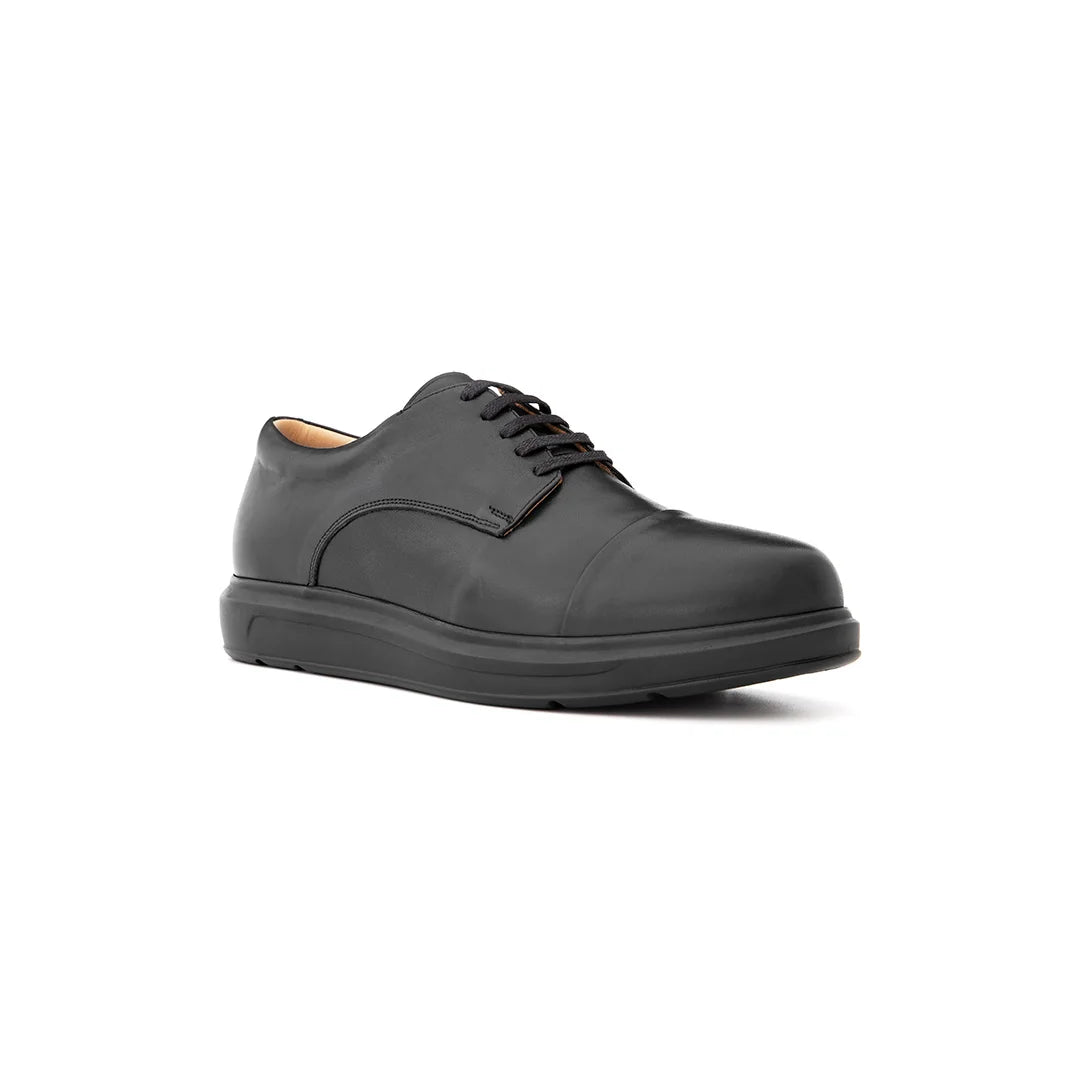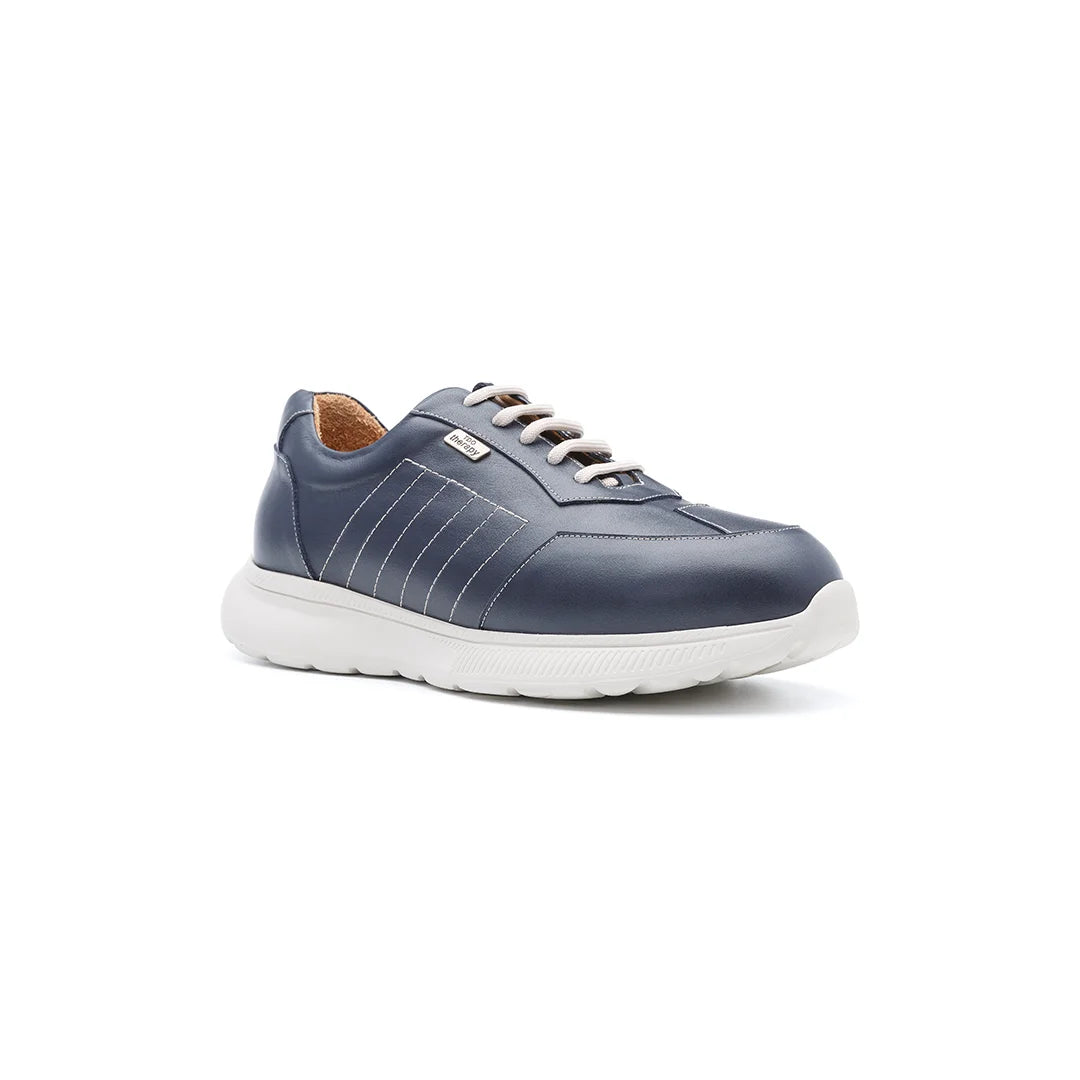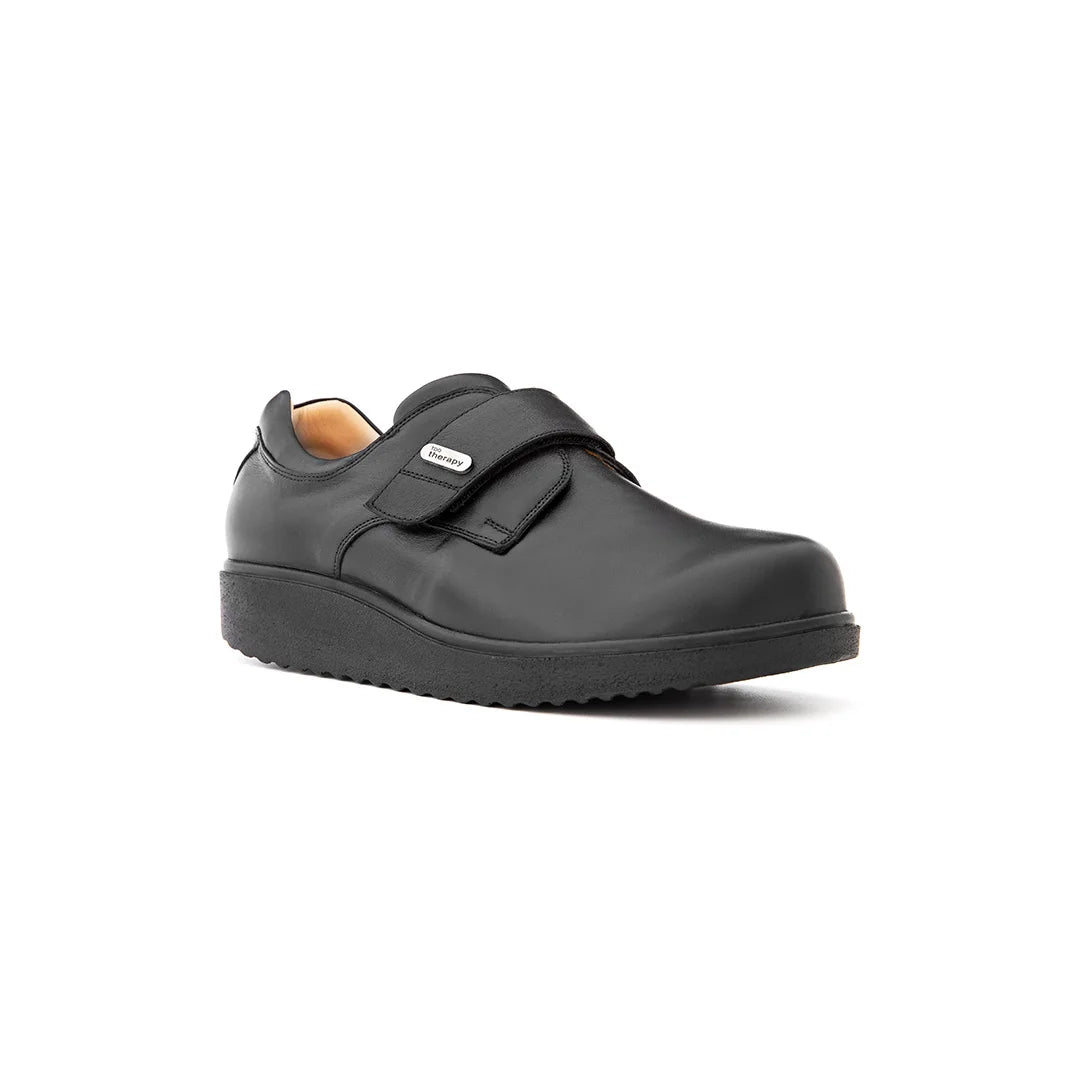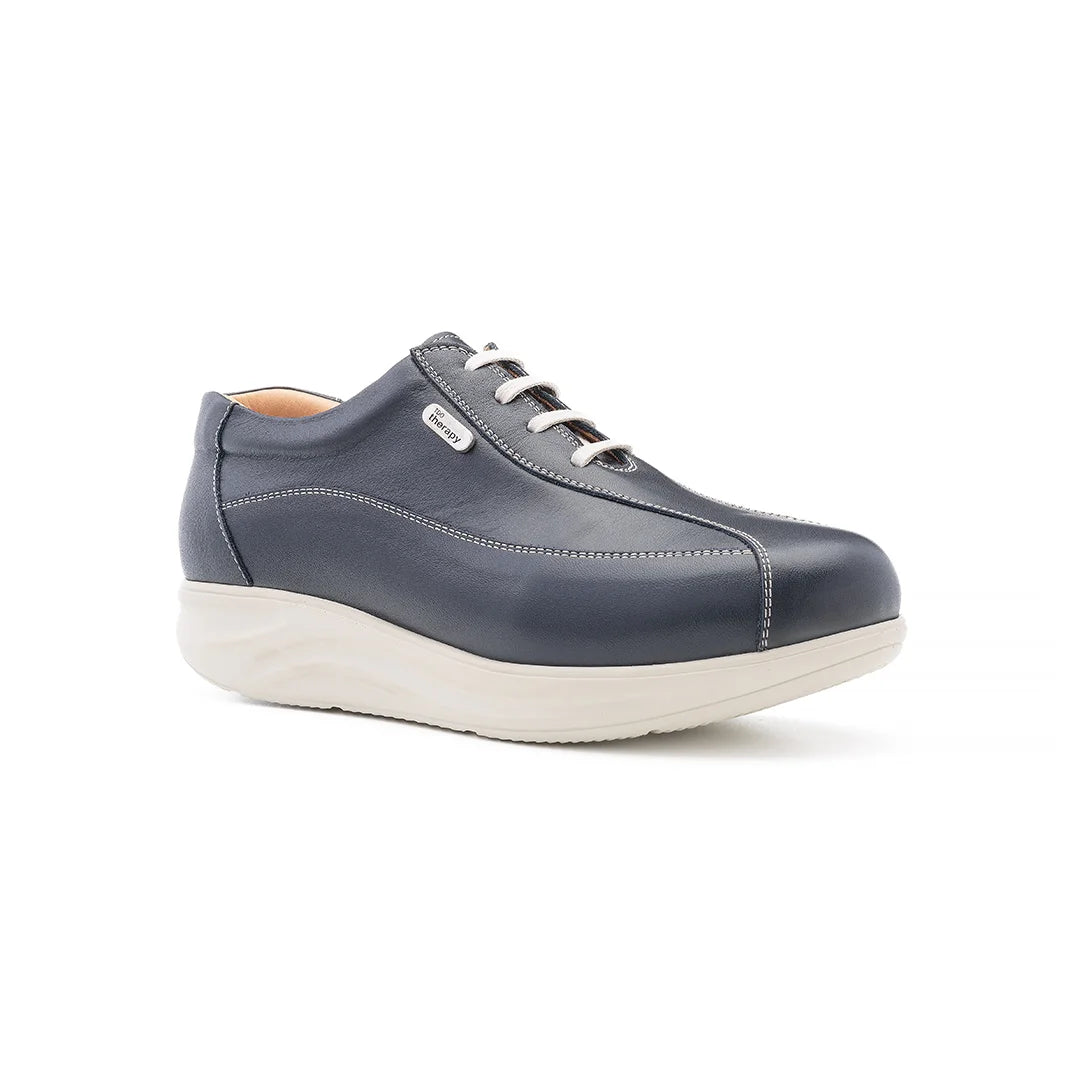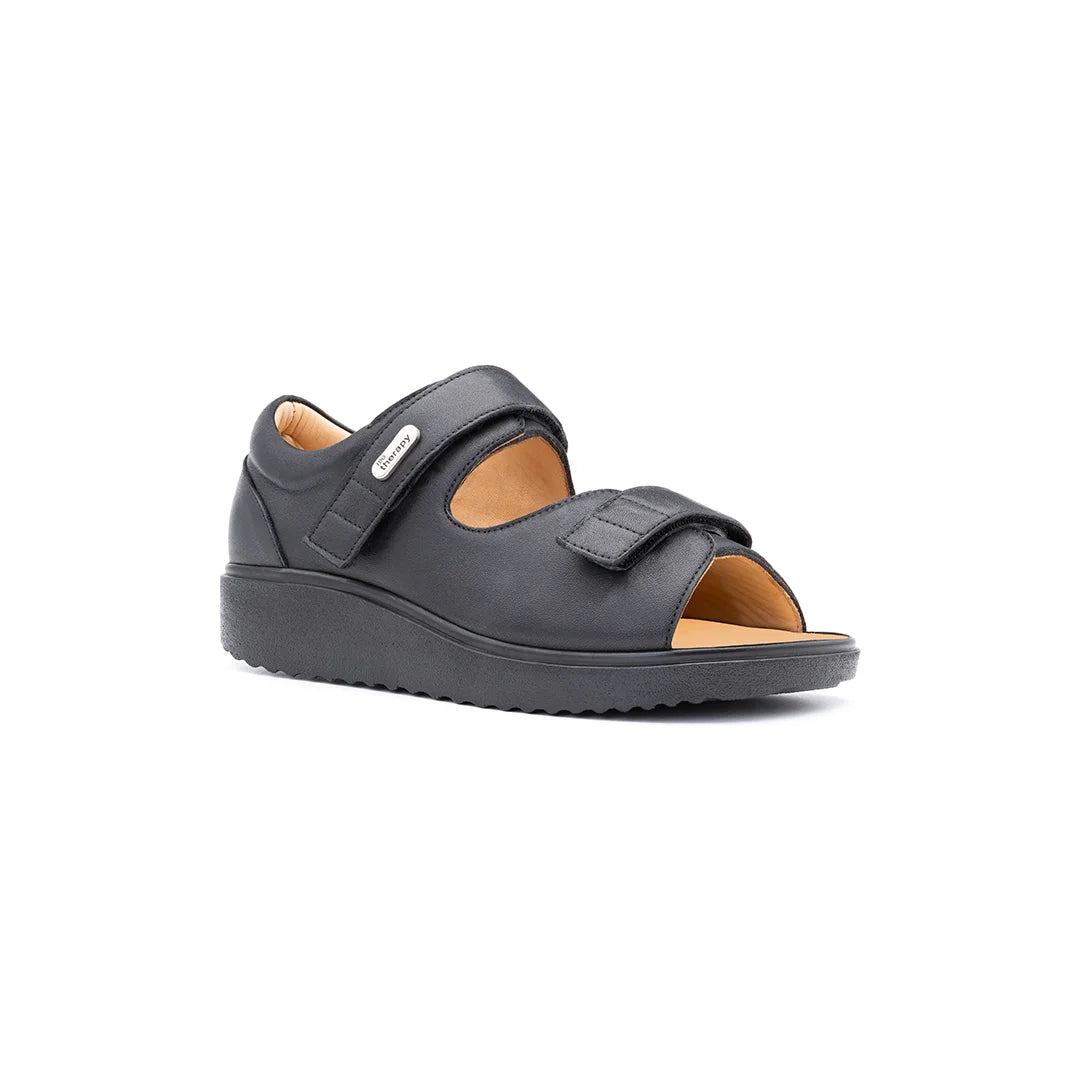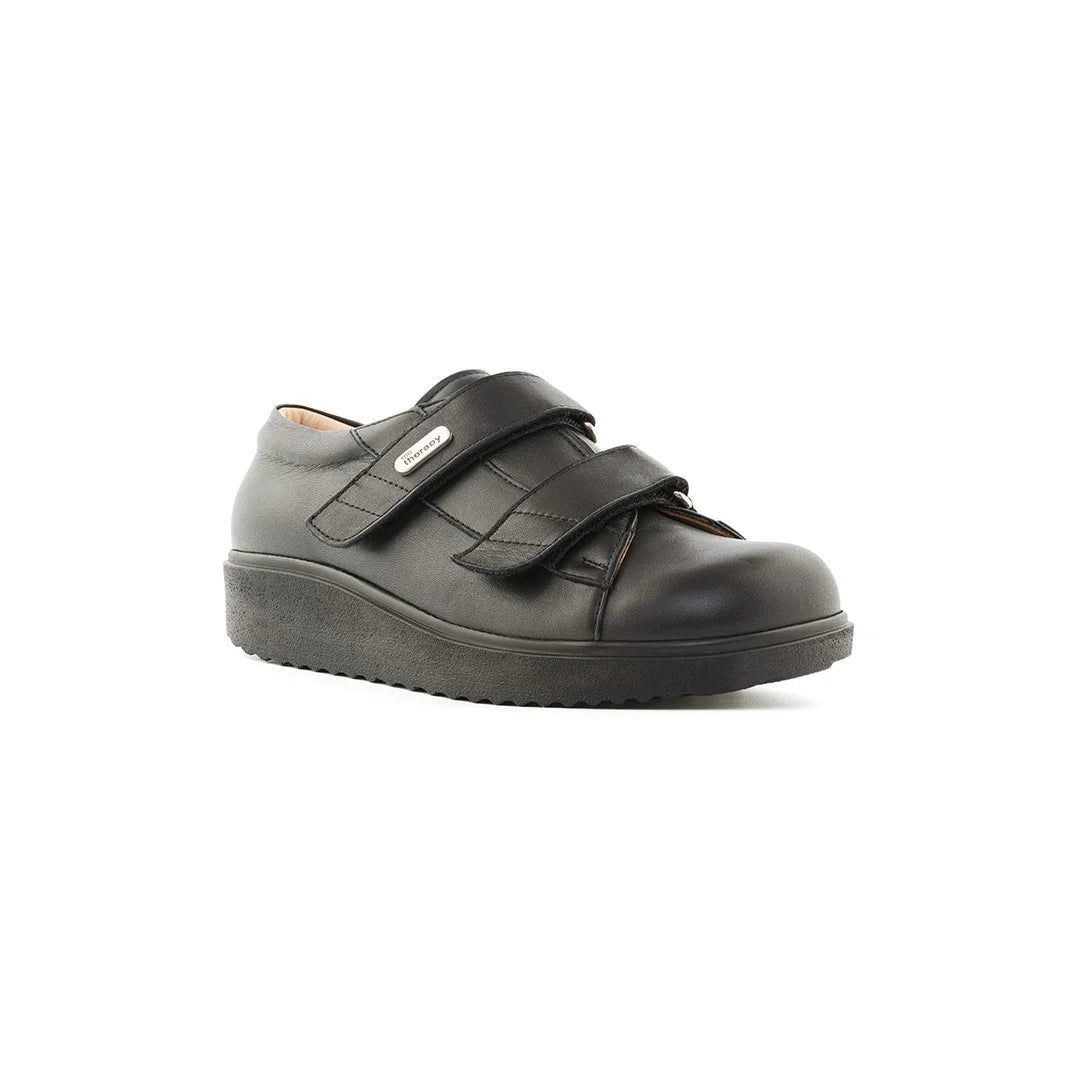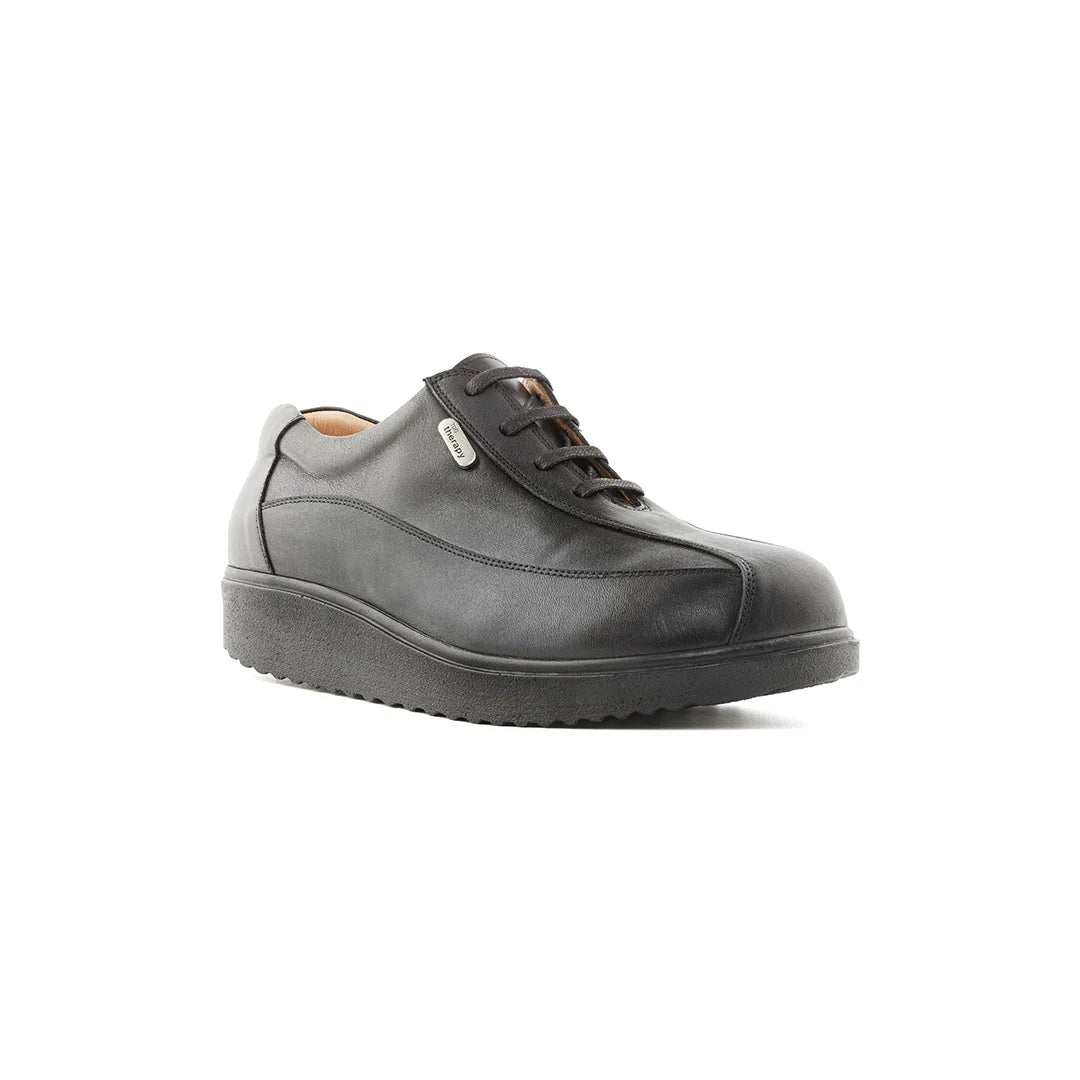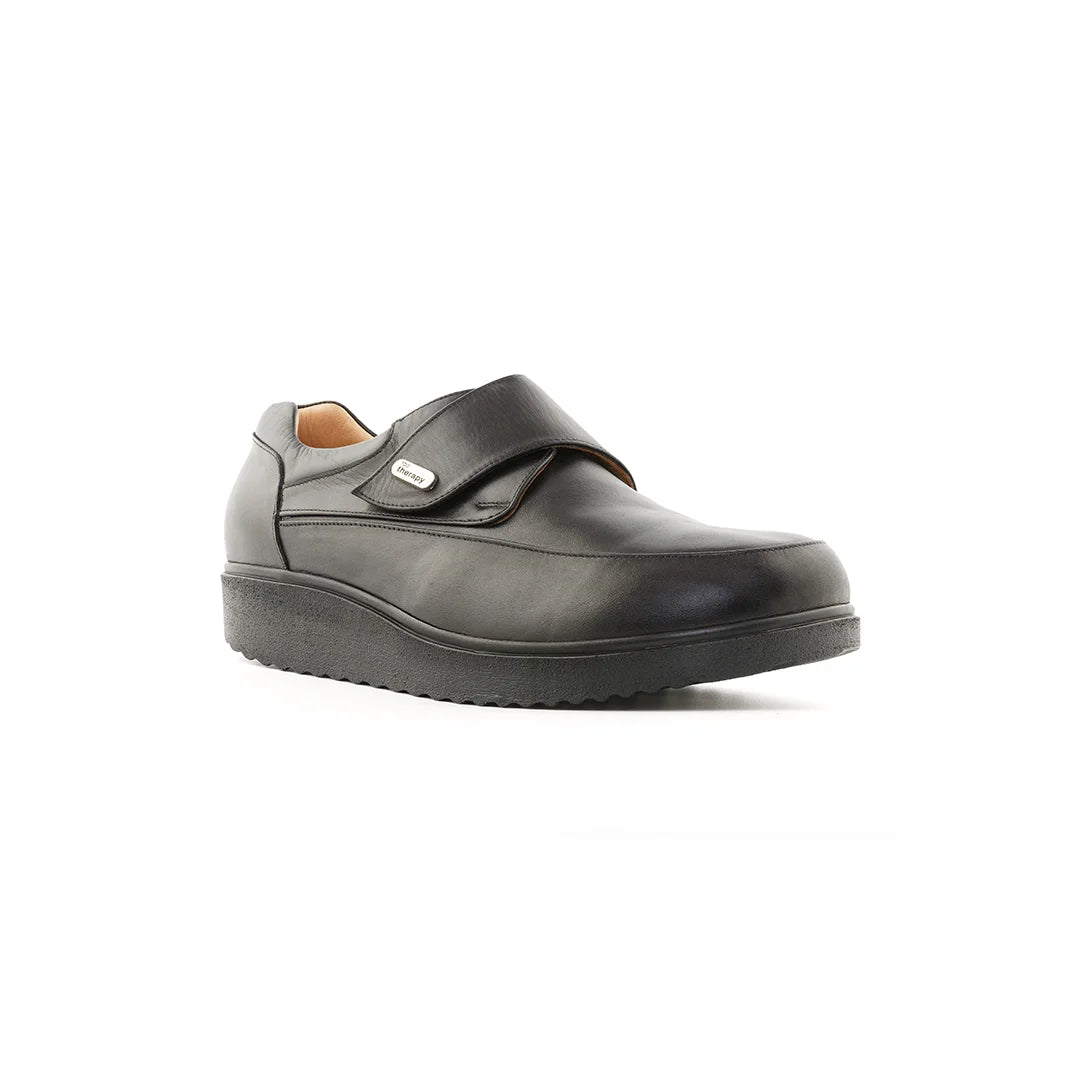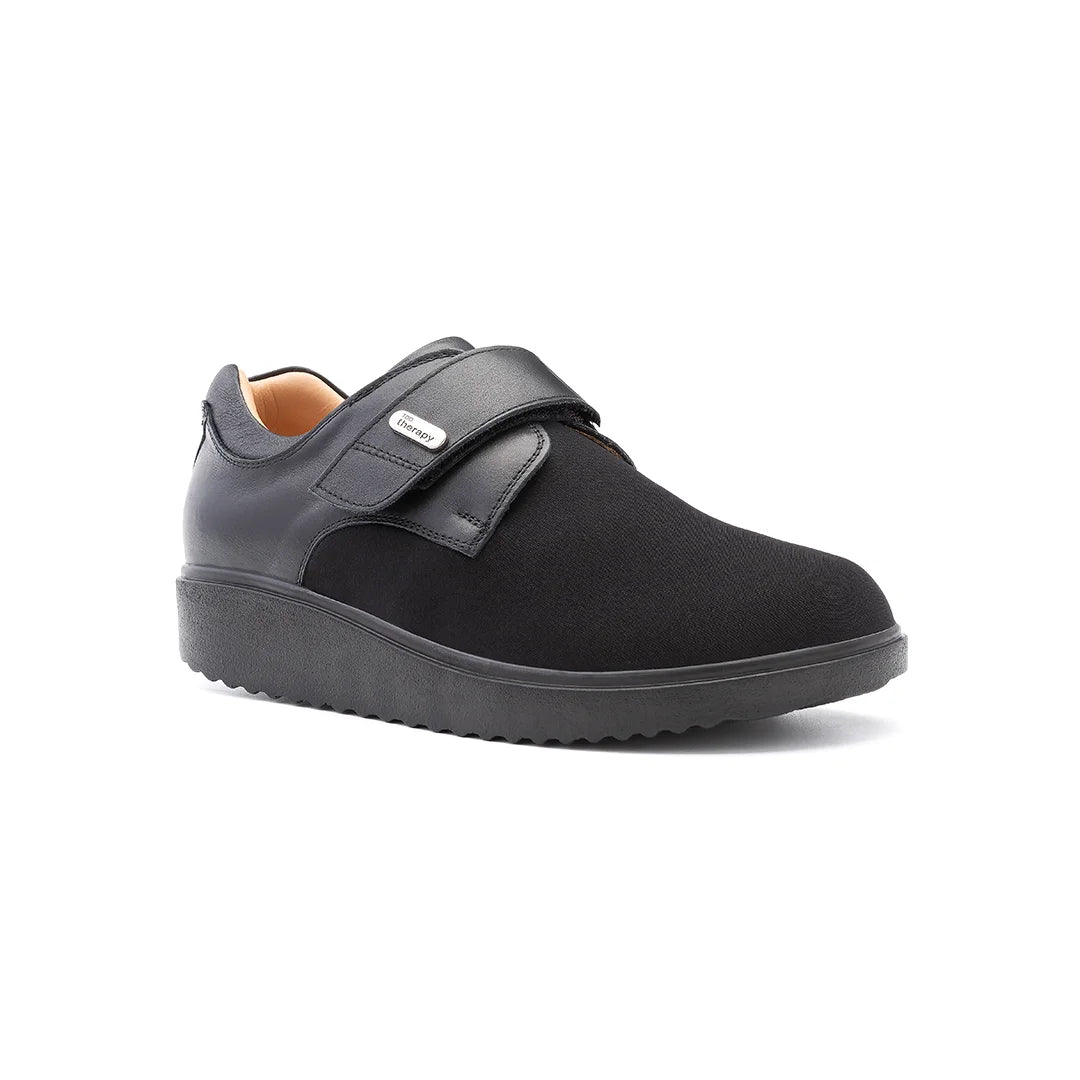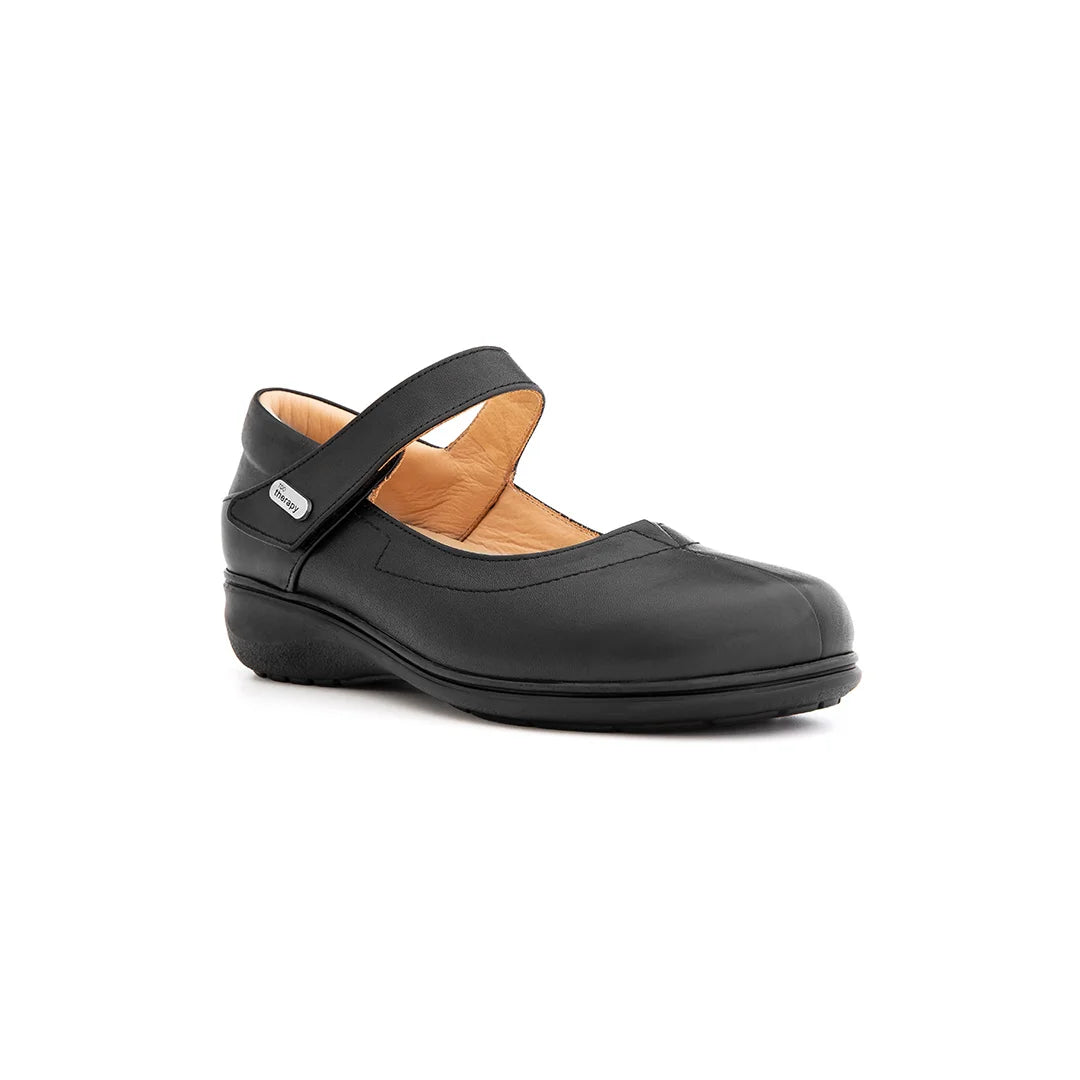What is Overpronation and Why It Matters
Overpronation happens when your foot rolls too far inward while walking or running. It’s often linked to flat feet, fallen arches, or poor ankle control. Left unmanaged, it can lead to:
-
Heel and arch pain
-
Ankle and knee instability
-
Shin splints and fatigue
-
Long-term joint misalignment
Orthopaedic shoes are specifically designed to correct this inward rolling motion, keeping your feet stable and aligned.
Key Features to Look for in Overpronation Shoes
✅ 1. Firm Arch Support
A strong, structured arch helps keep your foot in a neutral position, reducing strain and overcompensation.
✅ 2. Stabilising Heel Counter
A reinforced heel area prevents your foot from collapsing inward, offering control and alignment with every step.
✅ 3. Motion-Control Soles
Orthopaedic soles with rocker designs promote a smoother gait while minimising unnecessary inward motion.
✅ 4. Adjustable Fit
Overpronation often comes with flat feet or swelling. Velcro closures and extra-depth designs help accommodate custom orthotics or foot changes.
✅ 5. Shock Absorption
Shoes that absorb impact protect your joints from the extra stress that misaligned steps create.

TDO Therapy Shoes: Tailored for Overpronators
TDO Therapy shoes are engineered to address gait-related issues like overpronation. Here’s how they support better movement:
-
✔️ Built-in rocker soles for a smoother heel-to-toe roll
-
✔️ Memory foam and triple-layer cushioning for pressure relief
-
✔️ Deep heel cups and reinforced structure to control pronation
-
✔️ Wide fitting and orthotic-friendly designs
-
✔️ Medical-grade arch support and seamless interior finish
These are not generic comfort shoes — they’re designed with clinical precision to correct posture and reduce strain on the feet and joints.
Who Needs Orthopaedic Shoes for Overpronation?
-
People with flat feet or fallen arches
-
Anyone experiencing inner ankle, shin, or knee pain
-
Runners or walkers with uneven wear on their shoes
-
Older adults or those recovering from lower limb injuries
-
Those who spend long hours on their feet
Tips for Buying Shoes That Correct Overpronation
-
Always test the arch support and heel stiffness
-
Bring your orthotics to fittings if you wear them
-
Try the shoes on with your usual socks and walk around
-
Look for CE-marked or medical-grade footwear for extra assurance
Conclusion
Overpronation may seem like a small foot quirk, but it can snowball into serious discomfort and poor posture if ignored. Choosing orthopaedic shoes with proper support is one of the best long-term solutions.
With TDO Therapy shoes, you're not just getting comfort — you're getting corrective support that improves the way you move, every day.




